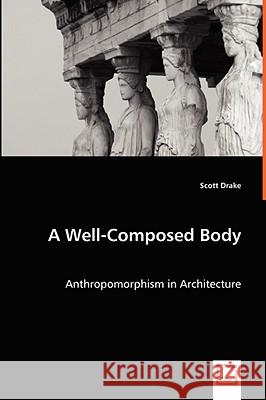A Well-Composed Body - Anthropomorphism in Architecture » książka
A Well-Composed Body - Anthropomorphism in Architecture
ISBN-13: 9783639066524 / Angielski / Miękka / 2008 / 268 str.
This work examines how changing conceptions of the human body have been interpreted within architectural theory since the writings of Vitruvius in the first century AD. It will examine how measures of the body have affected ideas of architectural composition, and how they are used as an ethical imperative, such that a building which reflects the proportions of a 'well-composed' body (Francesco di Giorgio), is itself an injunction to 'composure', or appropriate behaviour. It will argue that modern architecture, while rejecting classical anthropomorphism, was nonetheless influenced by ideas and practices arising from the study of the body in anatomy. It will then examine phenomenological and hermeneutical conceptions of the lived body, giving rise to a renewed conception of anthropomorphism as the manifestation not only of human form, but of human sentience. The work will provide a foundation for scholars of architectural history and theory interested in the ongoing role of the body in architecture."
This work examines how changing conceptions of the human body have been interpreted within architectural theory since the writings of Vitruvius in the first century AD. It will examine how measures of the body have affected ideas of architectural composition, and how they are used as an ethical imperative, such that a building which reflects the proportions of a well-composed body (Francesco di Giorgio), is itself an injunction to composure, or appropriate behaviour. It will argue that modern architecture, while rejecting classical anthropomorphism, was nonetheless influenced by ideas and practices arising from the study of the body in anatomy. It will then examine phenomenological and hermeneutical conceptions of the lived body, giving rise to a renewed conception of anthropomorphism as the manifestation not only of human form, but of human sentience. The work will provide a foundation for scholars of architectural history and theory interested in the ongoing role of the body in architecture.











